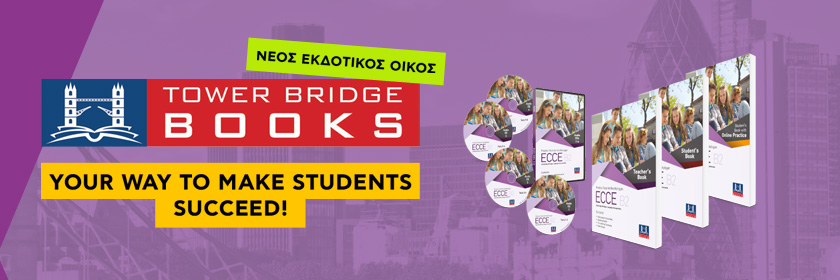Whenever I would introduce a new novel to my students, I always got the same reaction: Students moaned and groaned about the storyline, expressed their lack of interest in the author’s writing style, and proclaimed their everlasting boredom with the class as a whole. In order to avoid student complaints, I decided to implement book clubs in my classroom—students now have the opportunity to work in groups and choose what book they as a group want to read for a given unit.
In order to make this work, there are a few things you should do. Have the students work together in groups of three or four, and offer the groups their choice of books—you should select options that ensure that students are still following Common Core standards. Next, have each group create a reading schedule.
In my classroom, I use the station rotation model of blended learning. I set up five or six stations around my classroom. With their groups, students walk into the room and look at the assignments listed on the whiteboard. They then pick the assignment that they need to develop and go to the designated station.
I decide which is the most important learning station they need to work on for the week, and I work with each group at that station. That way, I’m able to assist them and make sure they master certain skills. I usually work with one to three groups per day at my station, and after that I’m constantly monitoring student progress around the classroom.
10 IDEAS FOR ENGAGING LEARNING STATIONS
These are learning stations that I’ve had success with. As I mentioned, I don’t set up all 10 every time we work with stations—I’ll uses five or six of these at a time.
Annotate the Text: Have students identify important elements of the book as they read. Diigo is an excellent resource.
Character Profiles: Have students create profiles of significant characters. They can use Glogster to build a collage of pictures and details about each one.
Interview the Author: Have your students read about the author of their book. The group then composes questions and answers and records an interview with one student playing the interviewer and another the author. Students can use tools like Snapchat and WeVideo to record themselves.
Tone/Mood: Have students identify the tone or the mood in different passages throughout the text, and then have them record themselves reading quotes in that tone or in a way that evokes that mood.
Theme: Have students identify a major lesson the author is trying to teach. Create a movie poster that portrays that lesson. This can be done on paper or using Google Drawings.
Movie Adaptation: If there is a movie adaptation of the book, have your students watch clips on YouTube. They can take notes using VideoNot.es and compare the clips with the book.
Plot Development: Have students create a timeline or Google Docs presentation of major events in the story. Tiki-Toki is a good resource for creating timelines.
The Bigger Picture: Have students relate a major issue in the book to something going on in the world today. Newsela is useful for this.
Video Blogs: Instead of answering a traditional journal question about the book, have students record themselves talking about the book. Flipgrid works really well.
Goodreads Chat: Have your groups participate in a chat about their book with the community at Goodreads.
I have discovered that allowing my students to pick from a variety of task options creates student buy-in and valuable opportunities for academic growth. They enjoy having the choice of books and activities to complete, and take advantage of the opportunity to explore their creative side. Students often approach me and ask me if they can use a certain program or do something different for an assignment, and I’m always eager to see what they end up doing.
By Shelby Scoffield








